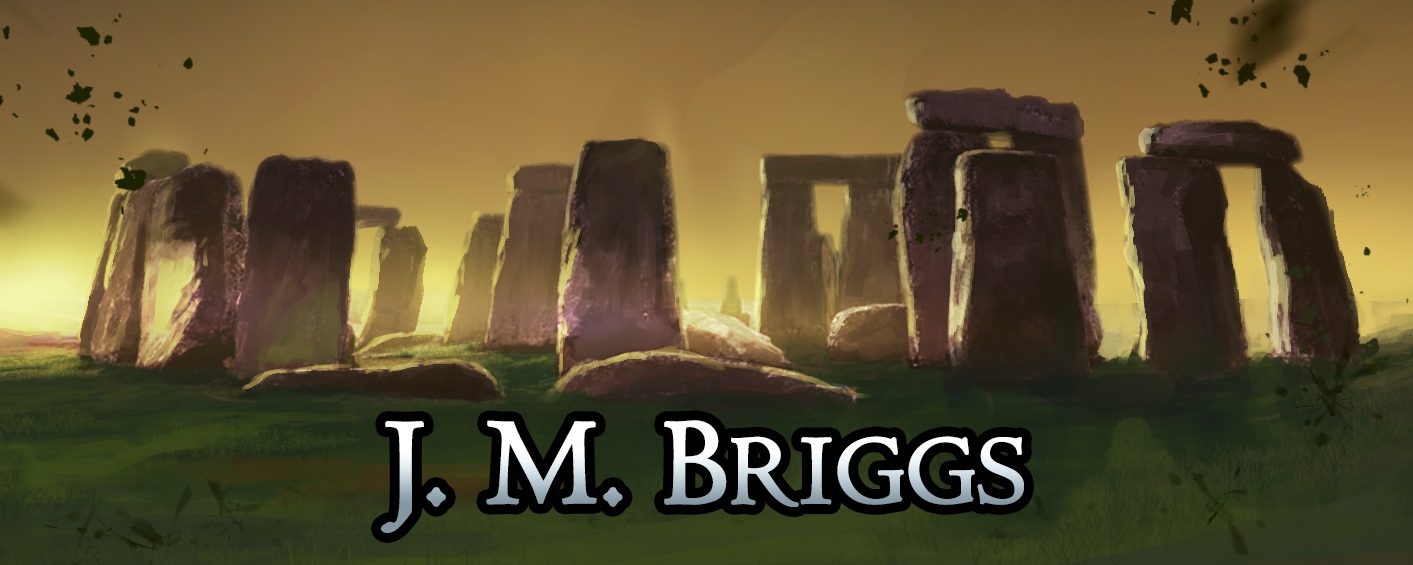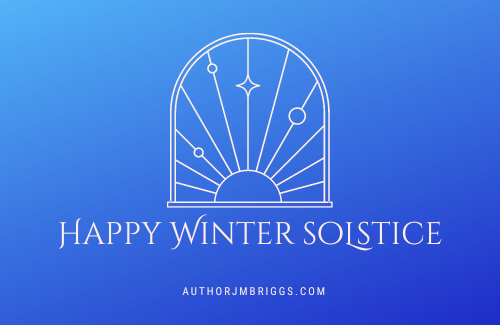A very happy shortest day/longest night of the year to you if you are in the northern hemisphere. If you’re in the southern hemisphere, a very happy longest day/shortest night of the year to you! On Wednesday, Dec. 21, at 4:48 p.m. Eastern Time, the Sun will reach its southernmost position in the sky for the entire solar year. This is one of two solstices that occur every year around roughly Dec. 21 and June 21, which are the winter and summer solstices, respectively.
The word solstice comes from the Latin words sol for “sun” and sistere for “to stand still” because, on the solstices, the decline of the Sun appears to stop and stand still. Ancient cultures all around the world noted this astrological effect and used it as part of marking the year. To this day, the solstices both mark the chance of seasons or the midpoint of seasons on many cultural calendars.
While Stonehenge is arguably the most famous solstice-related monument, the ancient Bronze Age inhabitants of the British Isles were not the only people to build structures related to reliable astrological events. Stonehenge is still mysterious in many ways regarding its original purpose, with archeological evidence suggesting a gathering place for religious celebrations and funeral rites. On both the summer and winter solstices, certain stones in Stonehenge align with the Sun.
Newgrange in Ireland is mentioned less than the relatively nearby Stonehenge in England, but the prehistorical mound is actually older than Stonehenge. Newgrange consists of a large circular mound with an inner stone passageway and a cruciform chamber. Each year, at the Winter Solstice, the rising Sun shines directly along the long passage, illuminating the inner chamber and revealing the carvings inside for roughly 17 minutes. Archaeology evidence suggests that Newgrange was a major ritual center for Ireland for roughly 1,000 years prior to being abandoned. However, it remained a part of Irish beliefs even after its use stopped and was said to be a portal to the Otherworld and a dwelling of the divine Tuatha Dé Danann.
The Inca Empire, called Tawantinsuyu by its subjects, of South America regarded themselves as the descendants of the Sun and thus regarded the solstice as important. While much of their religion and culture is still being reconstructed by archeologists today, the Temple of the Sun in Machu Picchu is a testament to their knowledge and recognition of the solstice. This temple sits at the highest point in the capitol and was built with a special window that aligns with the Sun during the day of the winter solstice to illuminate the room.
Chichen Itza, a famous Mesoamerican pyramid in Mexico, reflects the importance of the solstice to the Mayan culture. To the Mayans, the solstice marked the rebirth of the Sun, the arrival of winter, and signaled that it was time to let the fields rest after cultivation. Chichen Itza’s interaction with the solstice is more subtle than some other sites around the globe. There are axes located at the southwest and northwest corners of the step pyramid whose orientation aligns with the point of the Sun during sunrise on the day of the summer solstice and with the Sun at sunset on the winter solstice.
The oldest on today’s list is Goseck Circle in Germany. Its construction dates to approximately 4900 B.C.E. and appears to have remained in use until about 4700 B.C. The Goseck Circle is a series of concentric dug-out circles with two southern openings that marked the sunrise and sunset of the winter and summer solstices. You’d be forgiven if you’ve never heard of this site. It was only found via aerial photography in 1991, with excavation started in 2002. The existence of the site was made public in August 2003. It was opened for visitors in December 2005.
So, however you choose to mark or celebrate the Winter Solstice this year, know that you are part of a very long tradition encompassing human civilizations across the world.

